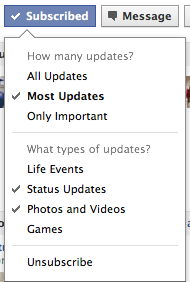Summary: Amazon
just split the tablet market with Apple. The Kindle Fire is subsidized
because you’ll shop more. Apple will stay high-end. Every tablet maker
in the middle is screwed.
Amazon CEO Jeff Bezos took the stage Wednesday to unveil
an arsenal of devices that are going to disrupt rivals like Barnes &
Noble as well as Android tablet makers.By rolling out the Kindle Touch (starting at $99), a regular Kindle ($79) and a Kindle Fire tablet ($199), Amazon introduced a subsidized model that only Apple can really match (statement). In a nutshell, we’re entering a near disposable e-reader/tablet era that will split the market between Amazon (consumption based profits) and Apple (high end brand profits). Every technology company caught in the middle is going to have some serious problems.
Here’s a look at the winners and losers in the wake of Amazon’s latest line-up of Kindles:
Winners: Amazon:
This tablet isn’t about hardware. It’s
about consumption of Amazon services like music, streaming movies and
apps. The Kindle Fire is an extension of Amazon’s store. How can Amazon
price at $199 for a Wi-Fi tablet? Because you’ll shop more, consume more
and be an Amazon Prime subscriber. The Kindle Touch and Fire equate to a lot more shopping and usage.
- Android market share: Should Amazon’s heavily customized Android tablet take off it will go a long way to bolstering the operating system’s market position. Today the tablet market is all iPad all the time. Amazon will change that.
- Apple: Amazon’s tablet isn’t an iPad killer by any stretch. In fact, Amazon’s aggressive pricing creates two tablet markets—high end and near disposable. Apple can hold its pricing. So-called iPad killers won’t be able to hold the market. In other words, Amazon and Apple just split the tablet market. There are $199 tablets (Fire) and $499 tablets (iPad). Anyone in the middle is toast.


